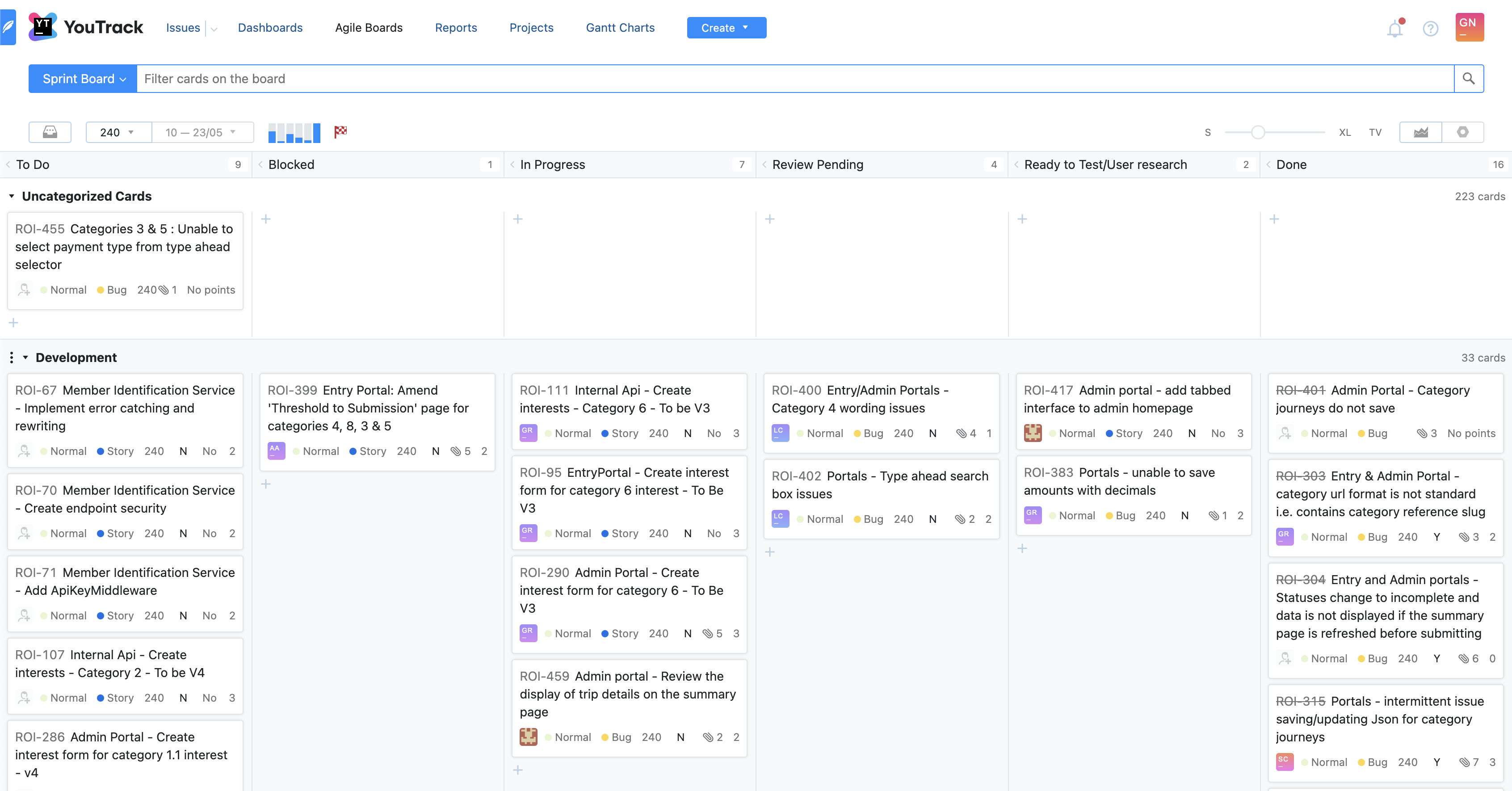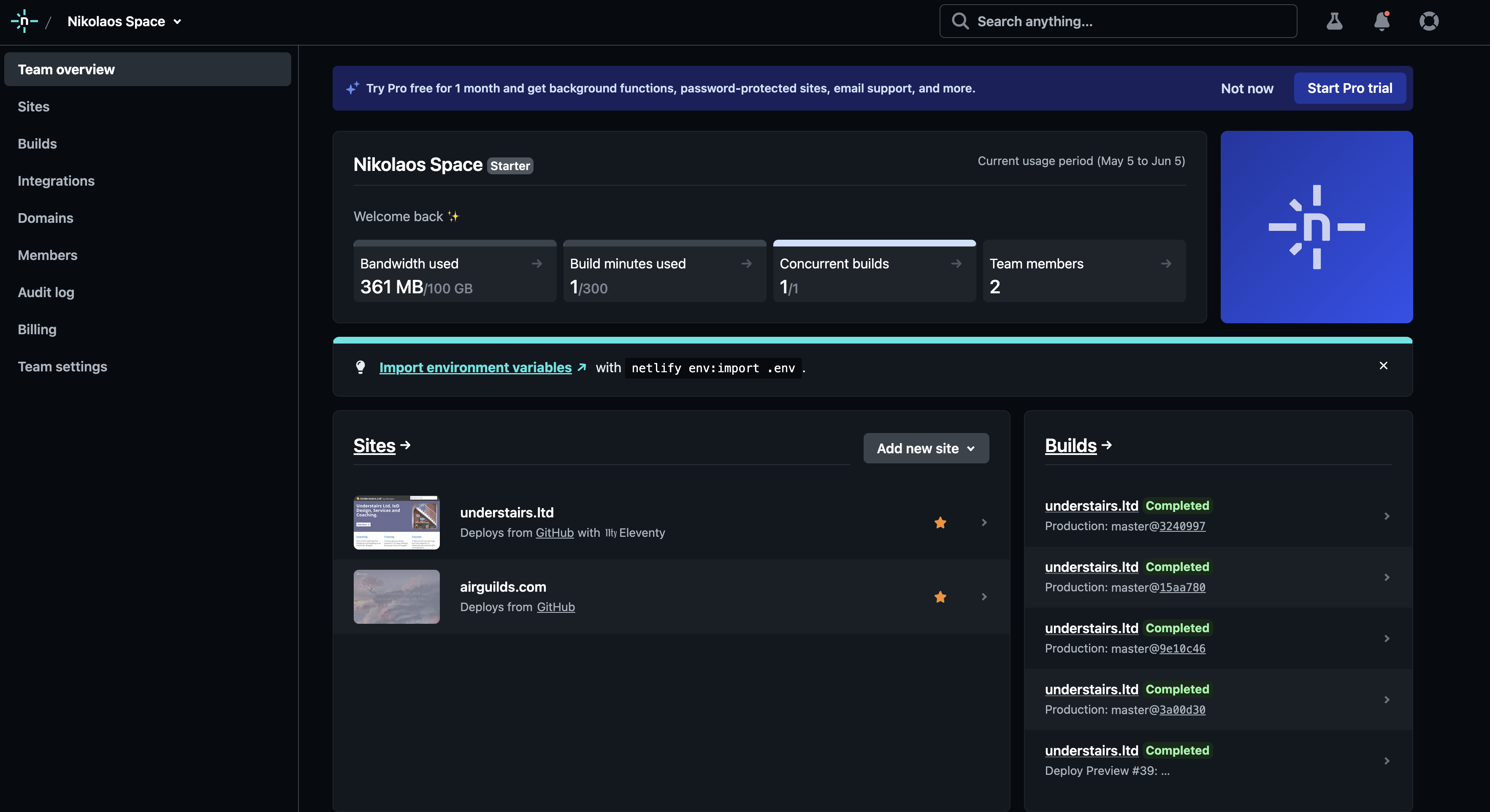Tools are the means to an end.
As a Lead Interaction Designer, I play a crucial role in bringing strategic thinking to large User-Centered Design (UCD) teams. Here are some tools and methods have used to achieve this:
-
Design Thinking Workshops:
Conduct design thinking workshops with your team to foster a strategic mindset. These workshops involve activities such as ideation, problem framing, and user empathy exercises. They help the team think holistically about the project goals, users, and business objectives. -
Stakeholder Collaboration:
Create a working group of other Leads and Heads of profession to bring collaboration into every principle, ultimately creating one vision for all the UCD professions in the department and or organisation. -
Design Principles and Frameworks:
Develop design principles and frameworks that guide the team’s decision-making process. These principles can be based on user research insights, brand values, and strategic goals. They serve as a North Star to align the team’s work and ensure consistent decision-making. -
Roadmapping:
Collaborate with the team to create a design roadmap that outlines the strategic milestones and priorities. This roadmap should align with the project goals and timelines. It helps the team stay focused on long-term objectives while executing short-term design tasks. -
Collaboration and Communication Tools:
Utilize collaborative tools like digital whiteboards, project management software, and communication platforms to foster strategic discussions among team members. These tools enable real-time collaboration, idea sharing, and documentation of decisions and progress. -
Metrics and Analytics:
Define and track key performance indicators (KPIs) to measure the success of the design solutions. This data-driven approach helps the team assess the strategic impact of their work and make informed decisions for future iterations. -
Regular Design Crits: Organize regular design crits with the team and project stakeholders to evaluate design solutions against strategic goals. These reviews facilitate constructive feedback, promote alignment, and ensure that the design direction remains strategic.
-
Thought Leadership:
Encourage and promote thought leadership within the team by sharing tools, design best practices, and strategic insights. This fosters a culture of continuous learning and helps the team stay updated with the latest developments in the field.
By leveraging these tools and methods, I can bring strategic thinking to large UCD teams, align their efforts with project goals, and drive impactful design solutions.
A non exhaustive list of digital tools that I use this past years!
I used Figma a second step after pen and paper, but I avoid spending much time in it.

I like Slack for communication, especially in large orgs to avoid email and MSTeams.

For Dev work in Agile environments I like Jira and YouTrack. And I do prefer swimlanes.

For overarching design that needs less granularity I like the simplicity of Trello.

If I could change the tools I use in a team, I would reduce the footprint.
What I mean is that these tools are great but less efficient. After a while screen hoping and tracking becomes an admin burden that a small dedicated team of 2, a dev and a designer could do without. For that reason in my freelancing and even for my professional email accounts I use the products from 37signals, Hey and Basecamp.
Basecamp is my favourite tool because it is an all in one solution.

My dev tools
I prefer VScode as it is so flexible and the extensions are endless (I do still keep a Visual Studio around).

I prefer GitHub over GitLab, even though in the last year I have been using the later.

Recently I have enjoyed the power of Jamstack, I use Netlify for static sites.

In conclusion
Like I already said the tools are the means to an end the process starts with understanding. Moreover, the least important thing in a Service or product is the tools or the tech stack you use. A design needs to be Functional - Useful and Accessible. Good services are the ones you tell you friends about, that your friends tell you and people chose to use, a good example of that is the HMRC Tax Account. I could go on and on about methodologies. Design Sprints, User Journeys, Usability testing all of which I used and have the appropriate use for certain part of designing for a better user experience and a better Services. But, we’ll get to that later.